Veronica Companion Plants That Will Make Your Garden Pop
Veronica Companion Plants That Will Make Your Garden POP
Veronica is a genus of flowering plants that includes over 300 species. They are known for their delicate blue, purple, or white flowers that bloom in spring and summer. Veronica plants are relatively easy to care for and can be grown in a variety of conditions. They are also drought-tolerant and deer-resistant, making them a good choice for gardens in hot, dry climates.
One of the best things about veronica plants is that they can be paired with a wide variety of other plants to create stunning garden displays. When choosing companion plants for veronica, it is important to consider the plant's size, color, and growth habit. Here are a few ideas for companion plants that will make your veronica garden pop:
- Salvia: Salvia plants come in a variety of colors, including blue, purple, pink, and white. They are tall and upright, which helps to balance the delicate flowers of veronica. Salvia plants also attract butterflies and other pollinators, which is a bonus for any gardener.
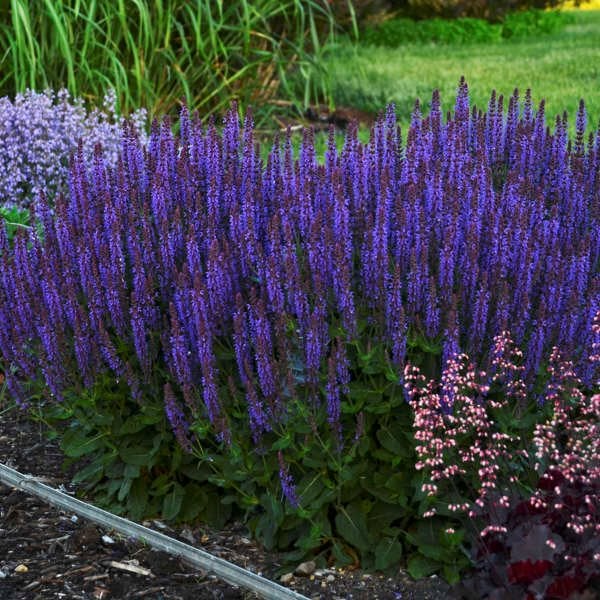
- Lavender: Lavender is another tall and upright plant that pairs well with veronica. The fragrant flowers of lavender add a touch of elegance to any garden. Lavender plants also require similar growing conditions to veronica, making them a good choice for companion planting.
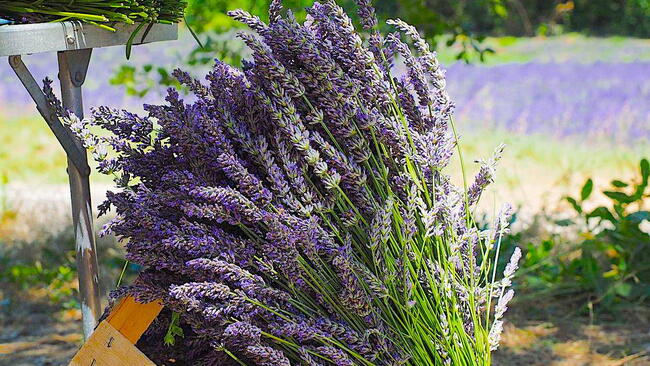
- Yarrow: Yarrow is a low-growing plant with bright yellow flowers. It is a good choice for filling in the spaces between taller plants, such as veronica. Yarrow plants are also drought-tolerant and deer-resistant.

- Coral bells: Coral bells are a type of perennial that has bell-shaped flowers in shades of red, pink, and white. They are a good choice for companion planting with veronica because they have similar growing conditions and bloom at the same time. Coral bells also attract butterflies and other pollinators.
- Daylily: Daylilies are a type of perennial that has large, trumpet-shaped flowers in a variety of colors. They are a good choice for companion planting with veronica because they provide height and interest in the garden. Daylilies also bloom for a long period of time, from early summer to fall.
In addition to the plants listed above, there are many other companion plants that would work well with veronica. When choosing companion plants, it is important to experiment and see what works best in your garden. With a little trial and error, you can create a veronica garden that is both beautiful and functional.
Veronica is a beautiful and versatile plant that can be grown in a variety of gardens. It comes in many different colors and varieties, so you're sure to find one that's perfect for your space. But what about companion plants? Which ones work well with veronica?
If you're not sure, I recommend visiting Gardenia Inspiration. This website has a wealth of information about veronica companion plants, including a list of the best plants to pair with veronica in your garden. You'll also find tips on how to plant and care for your veronica plants, as well as information about common pests and diseases.
So what are you waiting for? Visit Gardenia Inspiration today and learn more about veronica companion plants!
FAQ of veronica companion plants
1. What are some good companion plants for Veronica?
Veronica plants are relatively adaptable and can be paired with a variety of other plants. Some good companion plants for Veronica include:
- Astilbe: Astilbe is a shade-loving plant that can help to add height and interest to a Veronica planting.
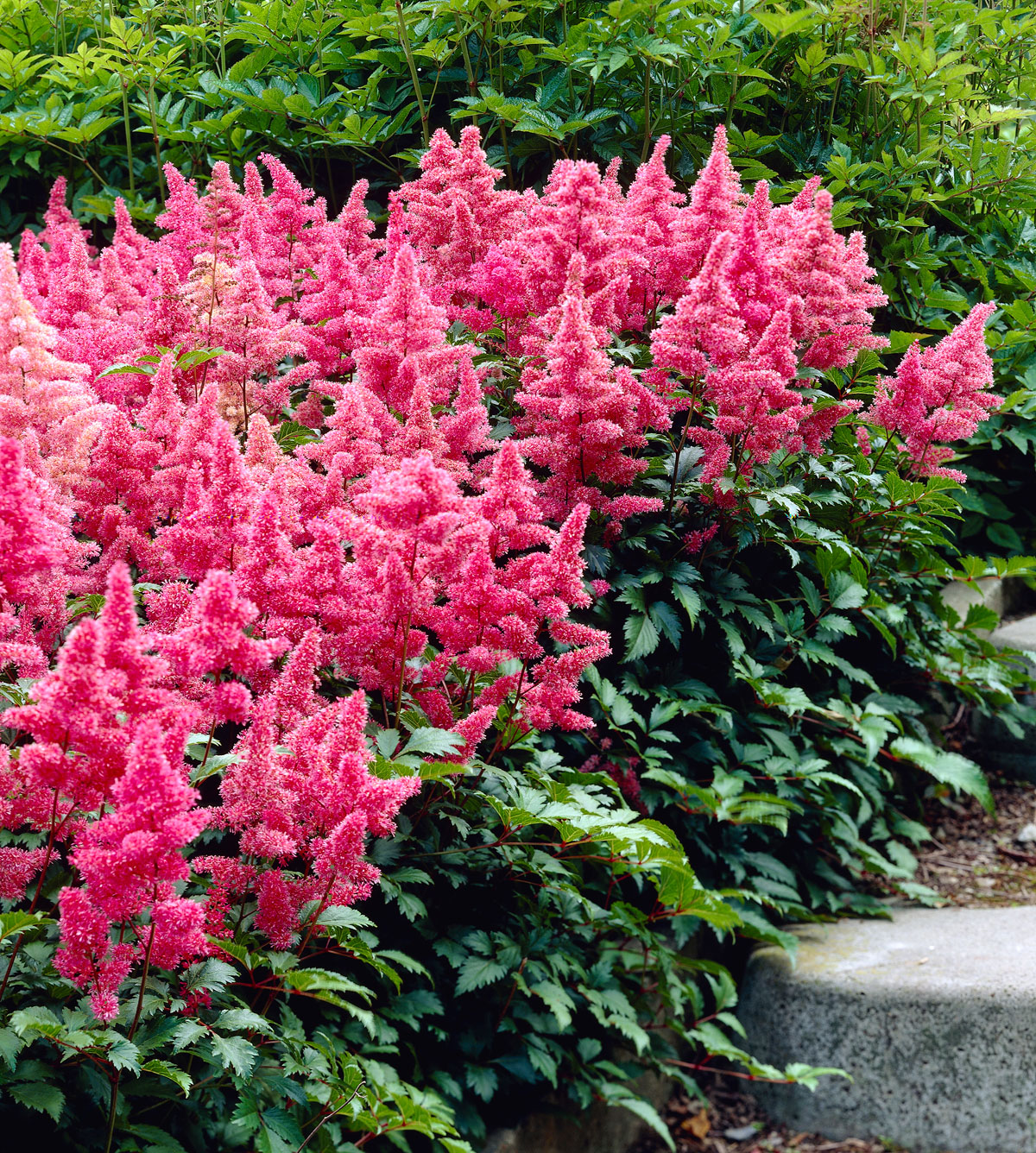
- Coneflower: Coneflowers are a hardy perennial that can tolerate full sun and well-drained soil. They make a good companion for Veronica because they bloom at different times of the year, so you'll have flowers in your garden for a longer period of time.
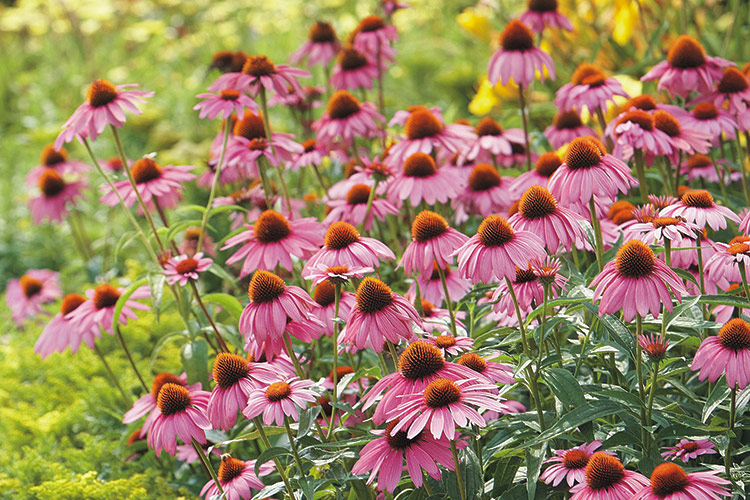
- Daylily: Daylilies are another hardy perennial that blooms for a long period of time. They come in a variety of colors, so you can choose ones that complement the colors of your Veronica plants.
- Lavender: Lavender is a drought-tolerant plant that can help to attract pollinators to your garden. It also has a lovely fragrance that will waft through your garden on a summer breeze.

- Yarrow: Yarrow is a low-maintenance plant that can tolerate full sun and poor soil. It's a good choice for companion planting because it can help to deter pests from your other plants.

2. What are the benefits of companion planting with Veronica?
There are several benefits to companion planting with Veronica. For example:
- Companion planting can help to deter pests and diseases.
- Companion planting can help to improve the soil quality.
- Companion planting can help to attract pollinators to your garden.
- Companion planting can help to create a more visually appealing garden.
3. What are some tips for companion planting with Veronica?
When companion planting with Veronica, there are a few things to keep in mind:
- Choose plants that have similar growing conditions.
- Choose plants that will complement each other's colors and textures.
- Plant companion plants in different areas of your garden to create interest and variety.
- Experiment with different combinations of plants to find what works best for you.
4. How do I care for Veronica companion plants?
The care requirements for Veronica companion plants will vary depending on the specific plants you choose. However, in general, most companion plants for Veronica are relatively low-maintenance and easy to care for.
- Water your companion plants regularly, especially during hot, dry weather.
- Fertilize your companion plants once a month during the growing season.
- Deadhead spent flowers to encourage new blooms.
- Protect your companion plants from pests and diseases.
5. What are some common mistakes to avoid when companion planting with Veronica?
Here are a few common mistakes to avoid when companion planting with Veronica:
- Planting incompatible plants together.
- Planting too many plants in one area.
- Not watering your plants regularly.
- Not fertilizing your plants.
- Not deadheading spent flowers.
- Not protecting your plants from pests and diseases.
Image of veronica companion plants
Here are 5 different images of "veronica companion plants" from Pinterest.com:
- Veronica and geraniums. Geraniums and veronica are both low-maintenance plants that can tolerate full sun and well-drained soil. They also have similar flower colors, so they can be planted together to create a cohesive look.
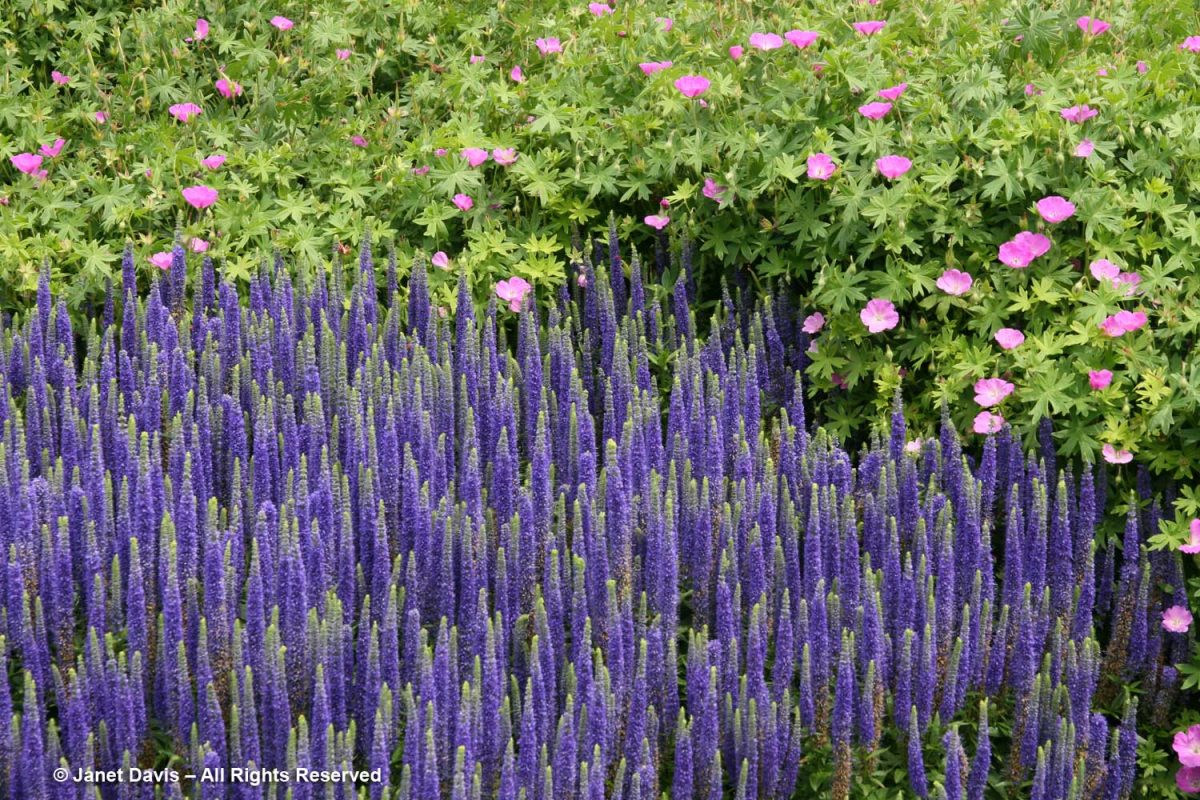
- Veronica and lavender. Lavender and veronica are both fragrant plants that attract pollinators. They can be planted together in a sunny spot to create a beautiful and beneficial garden.

- Veronica and echinacea. Echinacea and veronica are both tall, upright plants that can be used to add structure to a garden. They also have different flower colors, so they can be planted together to create a visually interesting display.

- Veronica and hollyhocks. Hollyhocks and veronica are both tall plants that can be used to create a backdrop for shorter flowers. They also have similar flower colors, so they can be planted together to create a unified look.
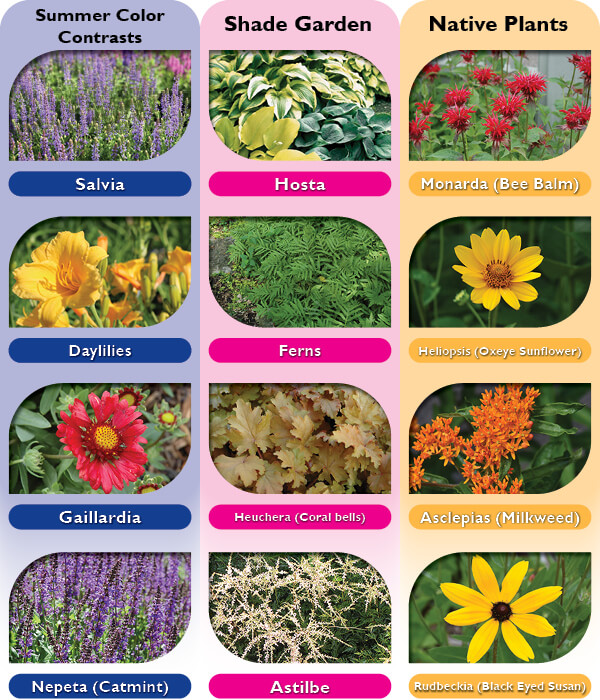
- Veronica and yarrow. Yarrow and veronica are both low-maintenance plants that can tolerate full sun and poor soil. They also have similar flower colors, so they can be planted together to create a colorful and hardy garden.
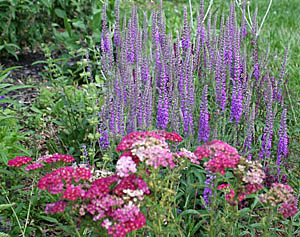
Post a Comment for " Veronica Companion Plants That Will Make Your Garden Pop"